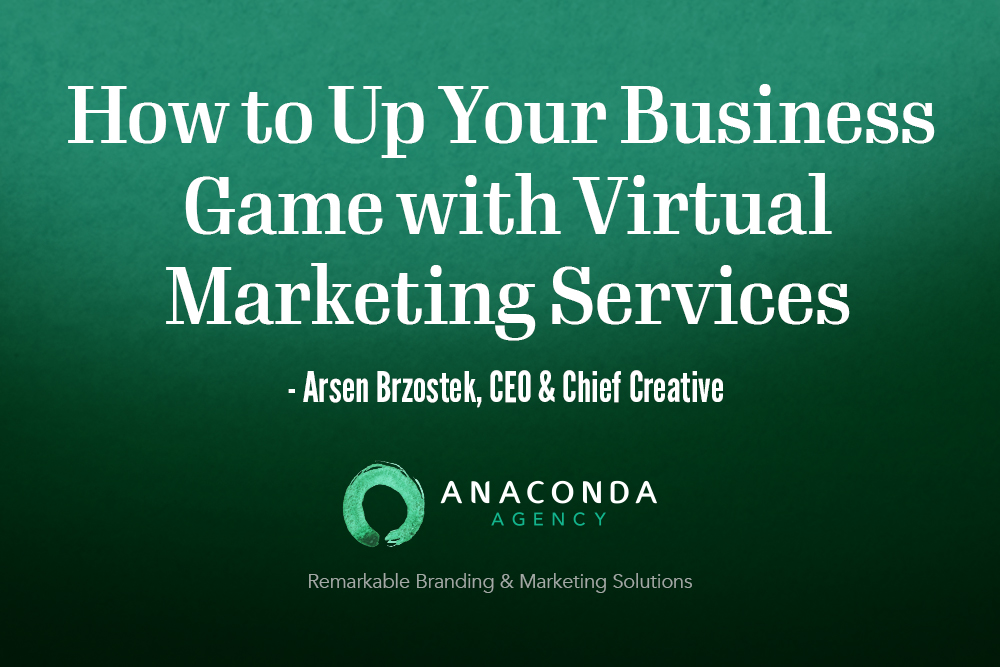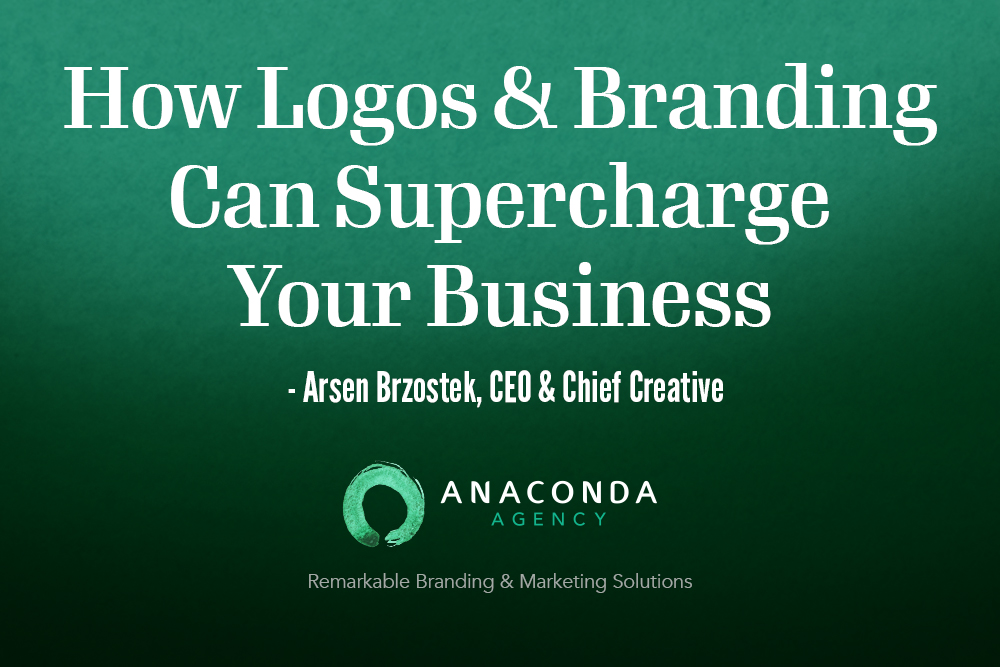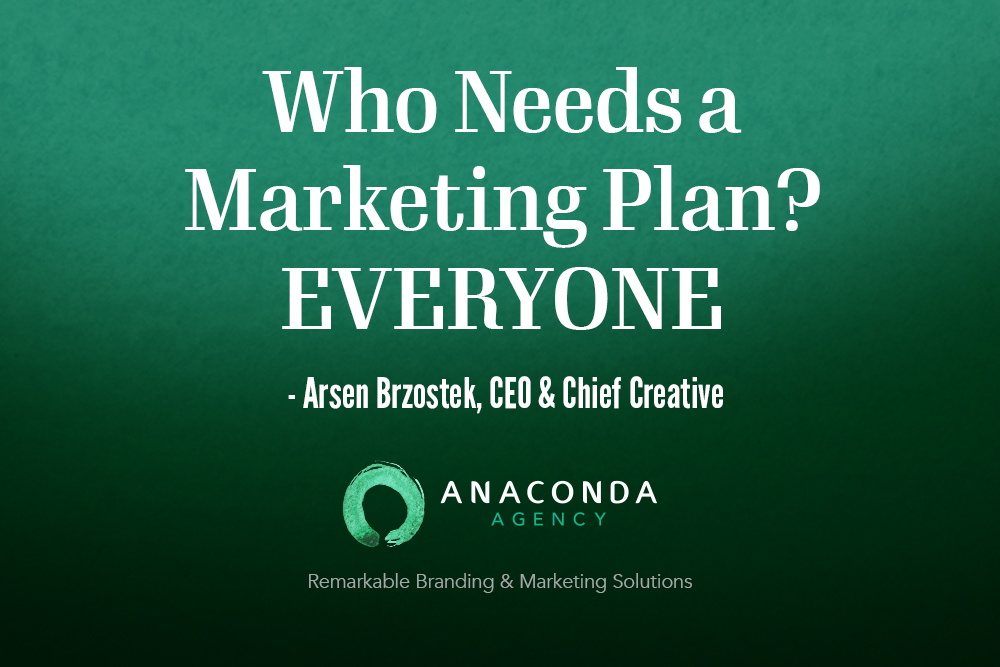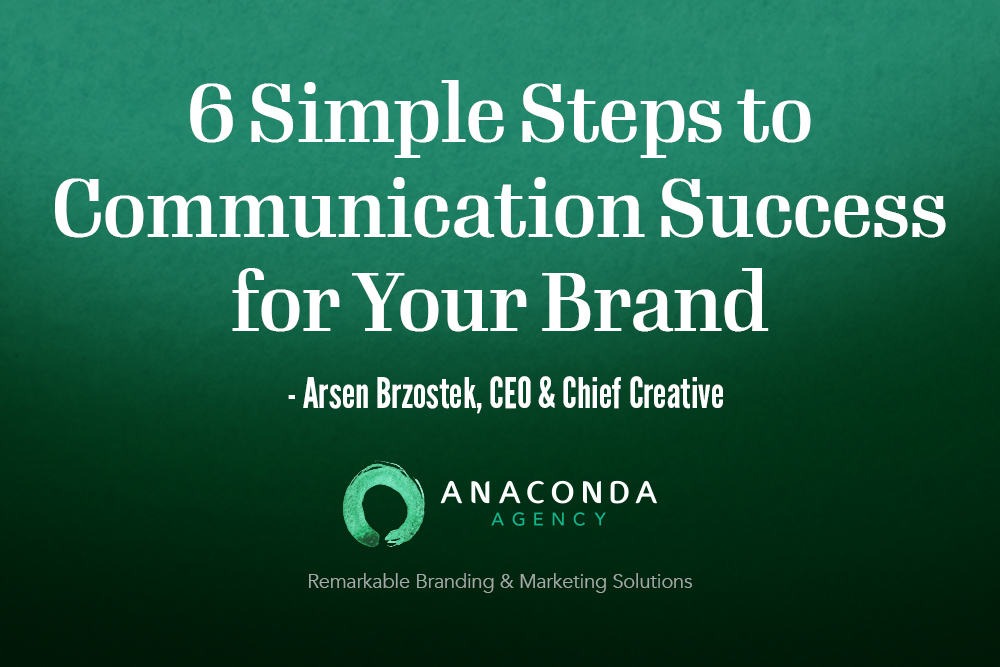How to Up Your Business Game with Virtual Marketing Services.

The Internet helped unravel a long-standing belief of how business was done. The paradigm that a brick-and-mortar located business as a vital sign of a companies legitimacy was rampant among those entrepreneurs holding on to the past. The new technology helped break down old stereotypes opening amazing marketing possibilities for companies that did not have access or funding to utilize great creative talent. The Internet leveled the playing field and high-quality marketing services became available to companies doing big things in small towns all around the world. Low to no overhead, logical efficiency systems, and a virtual team working on projects from anywhere in the world became the standard. Smart companies have been using virtual marketing services for these reasons to help them grow.
Today, companies hire virtual marketing services every day without any consideration of their physical location or number of in-house employees as long as the communication and creative deliverables are aligned with what was promised.
Growing Pains
The early days of the Internet were a world-level learning curve. There was now a tool that connected everything and everyone with a few strokes on the keyboard. As with all new big things the doubt and skepticism was a process that took time to overcome. Only larger companies with strong financial backing gambled on possible future payoffs through the Internet. The smart business owners watched and embraced the new technology and learned how it can help them build awareness, drive sales, and maintain steady growth. The smaller companies eventually built up enough courage to invest in Internet marketing and the rest is history. With so much growth in a very short time frame, many business owners did not know what to look for and what questions to ask to accurately qualify service providers. Some companies were great, others not so much. Shady online marketing businesses came and went hurting the overall industry image. Legitimate marketing and creative companies developing websites and new media technology felt the negative effects.
The Collective Cry for Help
Companies like Google began setting standards through algorithms that required specific programming that made it more challenging for fly-by-night web developers to scam business owners. Websites became standardized making the user experience better. Finding exactly what you search for and receiving laser-focused results became the norm. Business owners shared with others what they had learned and the next group of entrepreneurs were better equipped to make more informed decisions. More creative marketing services with integrity began to pop up offering a variety of unique styles and visions that business owners craved. Maintaining a lower marketing budget while utilizing incredible commercial art services was now a reality.
On-Demand Virtual Marketing Services
Today, owners of marketing companies come from backgrounds as chief creative officers to marketing directors of large companies. They have established their own virtual offices providing the wealth of knowledge acquired while working with multimillion-dollar campaigns and filling their ranks with trusted world-class creative talent at affordable costs. Virtual marketing companies now are the standard for large and small companies that know what it takes to grow. Selecting the right marketing company should be based on intuition and reinforced by their communication, creative, unique vision, marketing legacy, and ability to provide comprehensive marketing proposals. When an entrepreneur is paired with the right marketing company, creative is continually remarkable which inherently returns as positive growth.
Our legacy with clients has taught us many lessons. We create customized workflow systems that allow clients from anywhere in the world to easily collaborate with us. From an eco-friendly chocolatier in Costa Rica to an internationally distributed kitchen appliance brand with production facilities in China, through clear and accurate communication any project can be accomplished successfully. Hiring a trusted virtual marketing company should be at the top of the list for any business interested in the growth of their company and brand. If you have any questions about how our virtual marketing services can make a difference for your business, contact us NOW to schedule a FREE 30-minute marketing consultation.




